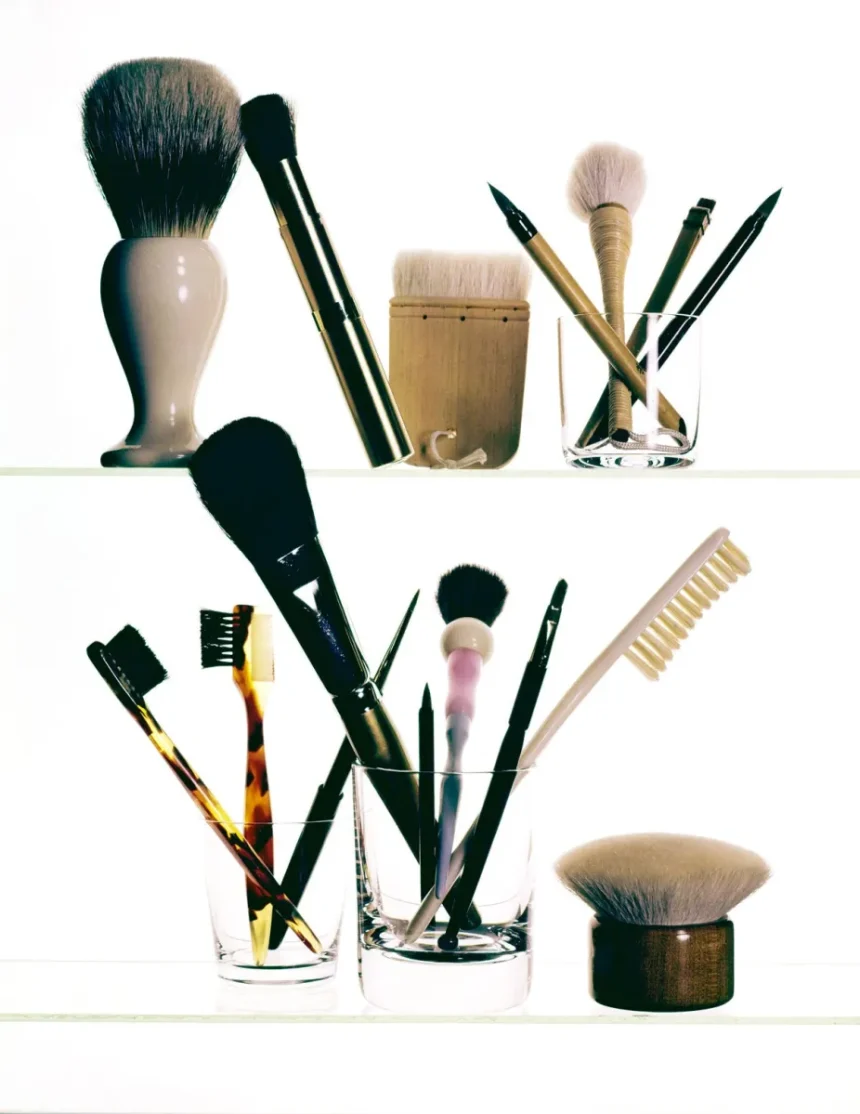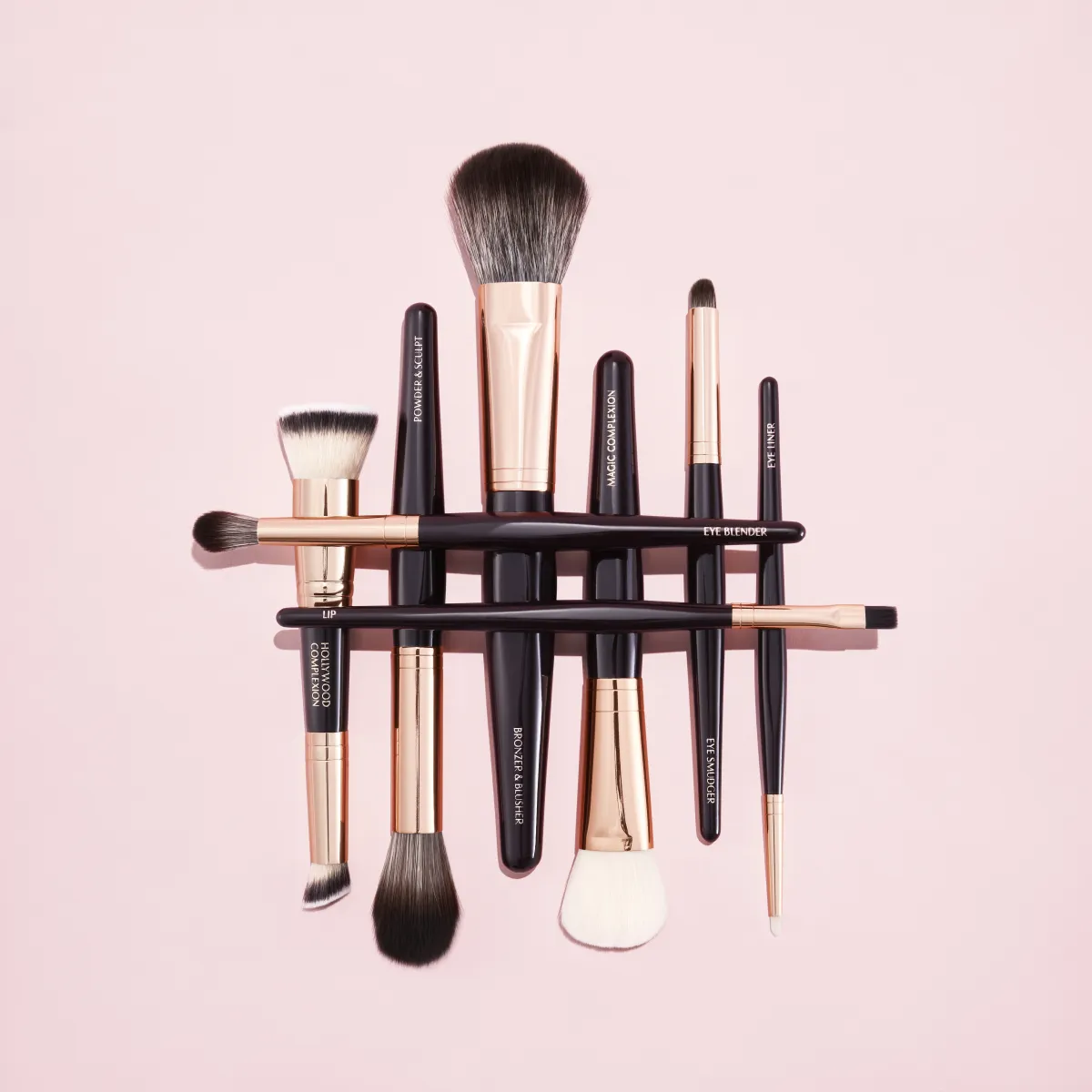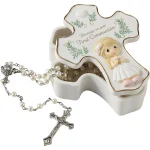How Often Should You Clean Your Makeup Brushes
Keeping your makeup brushes clean is key to healthy skin and flawless application. For most people, a good rule of thumb is to clean face brushes once a week and eye brushes every two weeks. Since face brushes get more product and come into contact with more skin, they need more frequent cleaning.
There are special cases where daily cleaning makes sense—especially for brushes used with liquid makeup like foundation or concealer. If you’re a makeup artist or share brushes with others, cleaning after each use is a must to prevent bacteria buildup.
Watch for signs your brushes need cleaning sooner, such as:
- Discoloration or visible makeup residue on the bristles
- Streaky or uneven makeup application
- A musty or unpleasant odor coming from the brush
Keeping an eye out for these will help you avoid skin irritation or breakouts caused by dirty brushes. For more tips on eye makeup care, check out our eye makeup tips.
Step by Step Guide to Cleaning Makeup Brushes
Before you start, gather your supplies: a gentle soap or cleanser, warm water, and a clean towel. You can also use special tools like silicone cleaning mats, brush eggs, or UV-C sterilizers to make the process easier and more effective.
Step 1: Rinse the bristles under lukewarm water. Be sure to angle the brush downward and avoid getting water on the ferrule (the metal part) to prevent loosening the glue.
Step 2: Apply a gentle cleanser. You can use DIY options like dish soap mixed with olive oil or a commercial makeup brush cleaner. Gently massage the bristles to break down makeup and oils.
Step 3: Rinse the brush thoroughly under lukewarm water until the water runs clear and no more suds remain.
Step 4: Gently squeeze out excess water and reshape the brush head. Lay your brush flat on a towel to dry. Drying flat helps maintain the brush shape and extends its life.
Optional tools like silicone mats or brush eggs can make cleaning easier by giving you a textured surface to scrub against, while UV-C sterilizers offer an extra layer of hygiene by killing bacteria after cleaning.
DIY Makeup Brush Cleaning Solutions
Making your own makeup brush cleaner at home is simple and budget-friendly. Some popular DIY recipes include:
- Dish soap and olive oil: Mix equal parts dish soap and olive oil. The dish soap breaks down makeup buildup, while olive oil moisturizes the bristles.
- Castile soap: This gentle, plant-based soap works great for cleaning without drying out brush hairs.
- Honey and water: A small amount of honey mixed with water can act as a natural cleanser and conditioner.
Using natural ingredients is especially helpful if you have sensitive skin or allergies because they avoid harsh chemicals that can irritate your skin or damage your brushes.
On the flip side, steer clear of cleaners with alcohol or regular harsh soaps. These can dry out and weaken your brushes over time, causing them to shed or lose their shape. Gentle, natural DIY solutions or mild commercial products are usually the safest bets.
Best Products for Cleaning Makeup Brushes
When it comes to the best makeup brush cleaners, a few stand out whether you want something professional or budget-friendly.
Top Rated Commercial Cleaners
- Cinema Secrets Makeup Brush Cleaner: Loved by pros, it cleans deep and dries fast without damaging bristles.
- Beautyblender Blendercleanser: Great for both brushes and sponges, this cleanser removes stains gently but thoroughly.
- Blendercleanser Solid: Easy to use and very effective for removing stubborn makeup from brushes.
Budget Friendly Options
- Dr. Bronner’s Baby Unscented Castile Soap: A gentle, affordable option that’s great for sensitive skin. It’s natural and multitasks well for other cleanses too.
- Simple baby shampoo can also work well for an everyday, gentle clean.
Aura’s Product Picks
For everyday use, I recommend cleaning products that are practical, skin-friendly, and easy to use regularly. Look for cleaners that are:
- Free from harsh chemicals
- Designed to protect brush bristles
- Quick drying to fit into your routine
Aura’s picks include natural ingredient blends and trusted brands that balance cleaning power with brush care, helping keep your makeup brushes fresh without extra hassle.
Using the right cleaner helps keep your brushes soft, protected, and bacteria-free – essential to makeup brush hygiene and skin health.
Common Mistakes to Avoid When Cleaning Makeup Brushes
Avoid these mistakes to keep your makeup brush cleaning routine effective and your brushes in good shape:
-
Soaking the entire brush: Submerging the whole brush, especially the handle and ferrule (the metal part holding bristles), can loosen the glue and cause bristles to shed. Always keep water focused on the bristles only.
-
Using hot water or harsh chemicals: Hot water can damage natural bristles, and strong chemicals like alcohol or bleach can dry out brushes or irritate your skin. Stick to lukewarm water and gentle cleansers.
-
Drying brushes upright or in humid places: Standing brushes upright while drying lets water seep into the ferrule, risking damage and bacteria growth. Also, avoid drying in bathrooms or damp areas—lay them flat in a well-ventilated spot instead.
-
Sharing brushes without sanitizing: Sharing brushes is a quick way to spread bacteria and infections. If you have to share, always sanitize brushes between uses with a cleaning spray or wipe.
Following these tips helps maintain brush hygiene and prolongs their lifespan while preventing skin issues.
How to Maintain and Store Clean Makeup Brushes
Keeping your makeup brushes clean doesn’t stop after washing. Proper storage is key to preventing bacteria buildup and extending the life of your brushes. Here’s how to maintain and store them right:
- Store brushes in dry, dust-free containers: Moist environments promote bacteria growth. Choose a breathable brush holder or a closed container that keeps dust away but doesn’t trap moisture.
- Use brush guards to keep shape: Brush guards are mesh covers that help your brushes maintain their shape and protect bristles from getting squished or frayed.
- Avoid tossing brushes loosely in your makeup bag: This can bend bristles and lead to quicker wear and tear.
- Replace brushes when needed: Watch for signs like frayed or shedding bristles, a persistent bad odor, or if your brush no longer applies makeup evenly. Typically, makeup brushes should be replaced every 1-3 years depending on quality and care.
Taking these simple steps will keep your brushes fresh, safe to use, and performing their best.
Expert Tips for a Hygienic Beauty Routine
Keeping your makeup brushes clean is essential for healthy skin, and experts like dermatologists and makeup artists have simple advice to make it easy. They recommend regular cleaning to prevent bacteria buildup that can cause breakouts or irritation.
For busy days, quick cleaning hacks come in handy:
- Use brush sprays or wipes designed to sanitize and refresh brushes between uses.
- Keep a small brush cleaner at your vanity for a fast daily cleanse without water.
At Aura, we believe integrating brush cleaning into your weekly self-care routine keeps your brushes fresh and your skin happy without extra hassle. Set a reminder to clean your brushes every week—it’s a simple step that makes a big difference in your beauty and skin health, especially for those living in humid or busy US cities where bacteria thrive faster.
By sticking to these expert tips and quick hacks, maintaining makeup brush hygiene becomes second nature, making your beauty routine safer and more enjoyable.









